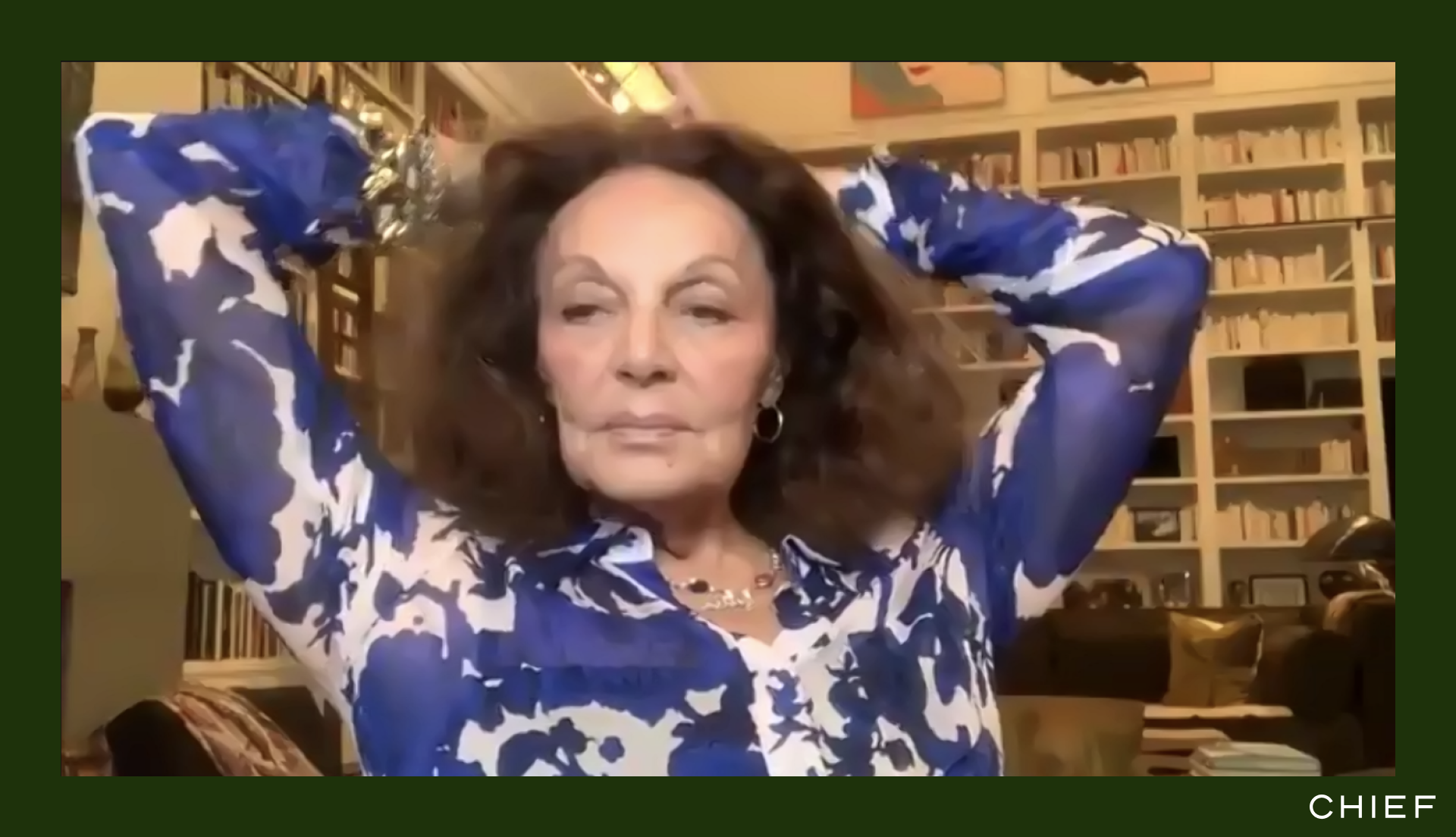“Women in the paid workforce are never the right age,” writer and activist Ashton Applewhite told Chief Members during an incisive and informative discussion about ageism. “First we're too young to be taken seriously. Then we're too fertile to risk promoting. We are also driven out of the workplace earlier and the primary victims of age discrimination in hiring, which makes it much harder to find our way back into the workforce.”
Ashton’s work focuses on the discrimination that we face during the latter half of our lives — and what we can do to overcome it. She recommended tackling the overt and more insidious elements of ageism, pointing out that oftentimes we, too, become beholden to ageist attitudes and assumptions, no matter our own age.
Face What the Future May Hold
Ashton dove into the subject of getting old by sharing what her own fears about aging were — along with facts from her research that eventually allayed them. For starters, getting older doesn’t mean an instant express pass to a nursing home. Less than 1% of Americans over the age of 65 are currently living in them. Once worried about the chances of dealing with dementia, Ashton also pointed out that 9 out of 10 aging people’s brains will fare just fine as they age.
While it’s true that aging can come with a variety of challenges and concerns, our fear and worry about what’s to come can end up harming us, too. “The real epidemic is anxiety about memory loss and that anxiety is bad for you,” she explained. “People who associate old age with growth and purpose are less likely to develop dementia, even if they have the gene that predisposes them to the disease.”
Start Dismantling Ageism From Within
“We olders can be the most ageist of all, because we've had a lifetime to internalize these messages without even being aware of it,” Ashton said. “Unless we challenge the underlying message, which is that to age is to lose value as a human being, it becomes a part of our identity.” For this reason, challenging our own attitudes toward aging is one of the most important steps we can take towards overcoming ageism. “All prejudice relies on othering, seeing a group of people as other than ourselves. The strange thing about ageism is that that other is us, our own future older selves.”
Wondering where to begin? Ashton advised members that the first and most important step is to reflect on our own attitudes towards age and aging. When you get to a social event, do you automatically head for people your own age, for example? Do you reflexively blame any ache or pain on age (even though age may have nothing to do with it), or memory lapses on “senior moments” (young people forget things all the time). Changing these small ways of thinking and behaving sets bigger changes in motion, and we can’t challenge bias unless we’re aware of it.
Start a Conversation
While it can be difficult to suss out exactly when we’re witnessing or being made the target of ageism, Ashton suggests doing a gut check of sorts: Would this be okay if age were swapped for race or gender? If the answer is no, call it out. As a preemptive measure within the workplace, she suggested simply asking whether or not your organization is thinking about combating ageism. “In conversations about diversity and inclusion, ask people what their criteria are and if age isn't one of them, say, ‘How about age?’”
When casually ageist comments are tossed around at work, Ashton encouraged attendees to ask, “What do you mean by that?” as a means of nudging that colleague to consider the source of their statement. “Let that uncomfortable silence sit there,” she said. “Nothing changes without discomfort.”
